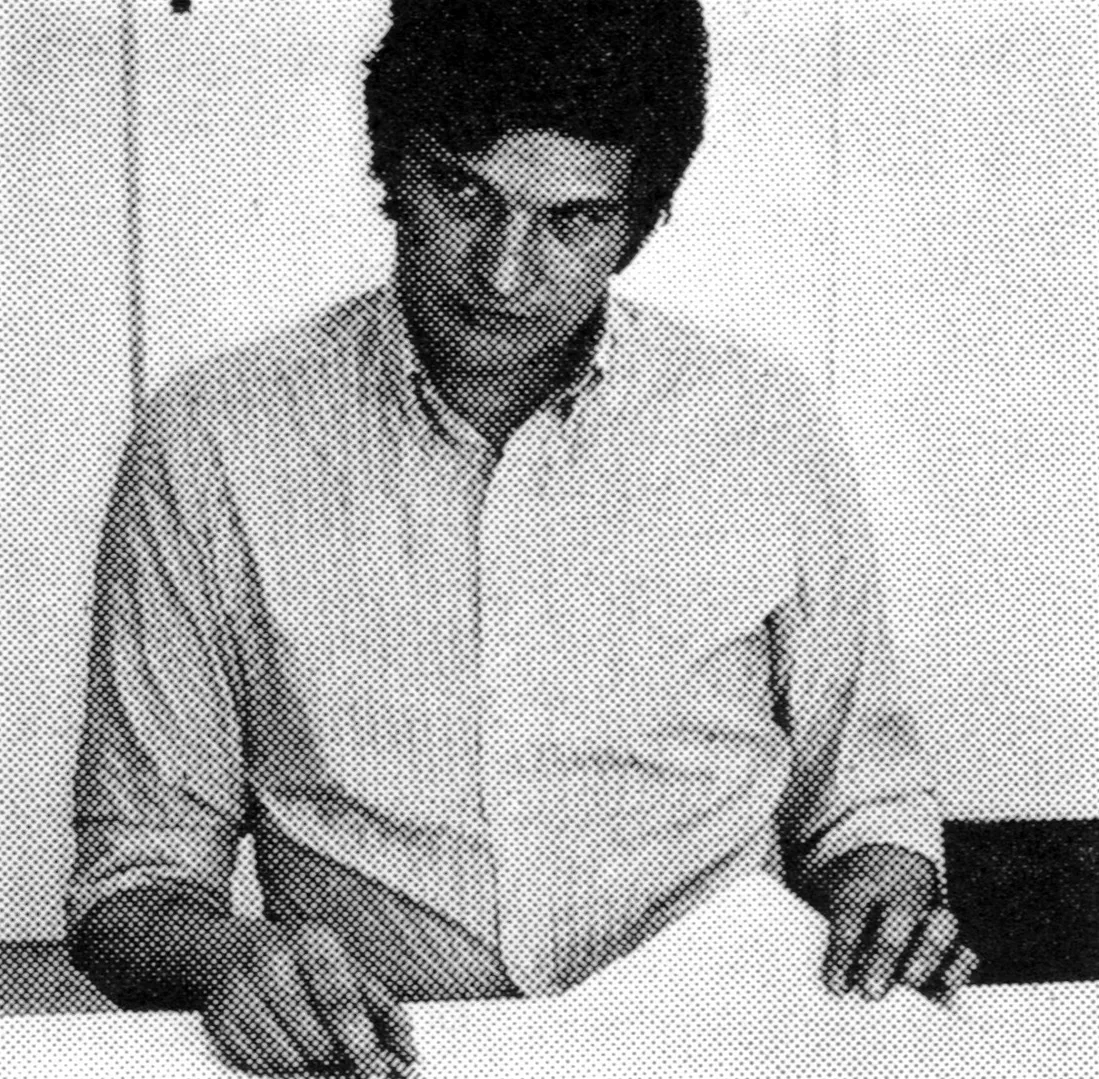

Information
Content includes:
Günther Nenning: Lechts und Rinks
Walter Siegfried: Links Rechts – Hut Schmuck
Links ist da, wo der Daumen…
Derrick de Kerckhove: A New Perspective on the Alphabet
Eine Bildergeschichte von Xiao Hui Wang
Die Liebe, die Langeweile, die Leidenschaft.
Ein Gespräch zwischen Xiao Hui Wang und Rainer Stephan
Vier Bilder aus dem Museum
Philipp Luidl: Weshalb die Schrift die Seiten wechselte
Anton Stankowski zu Links-Rechts
Jens Wendland: Die Flucht aus dem Schema
Michael Bierut, USA
Ben Oyne, Frankreich
Werner Jeker, Schweiz
Details
Linked Information
